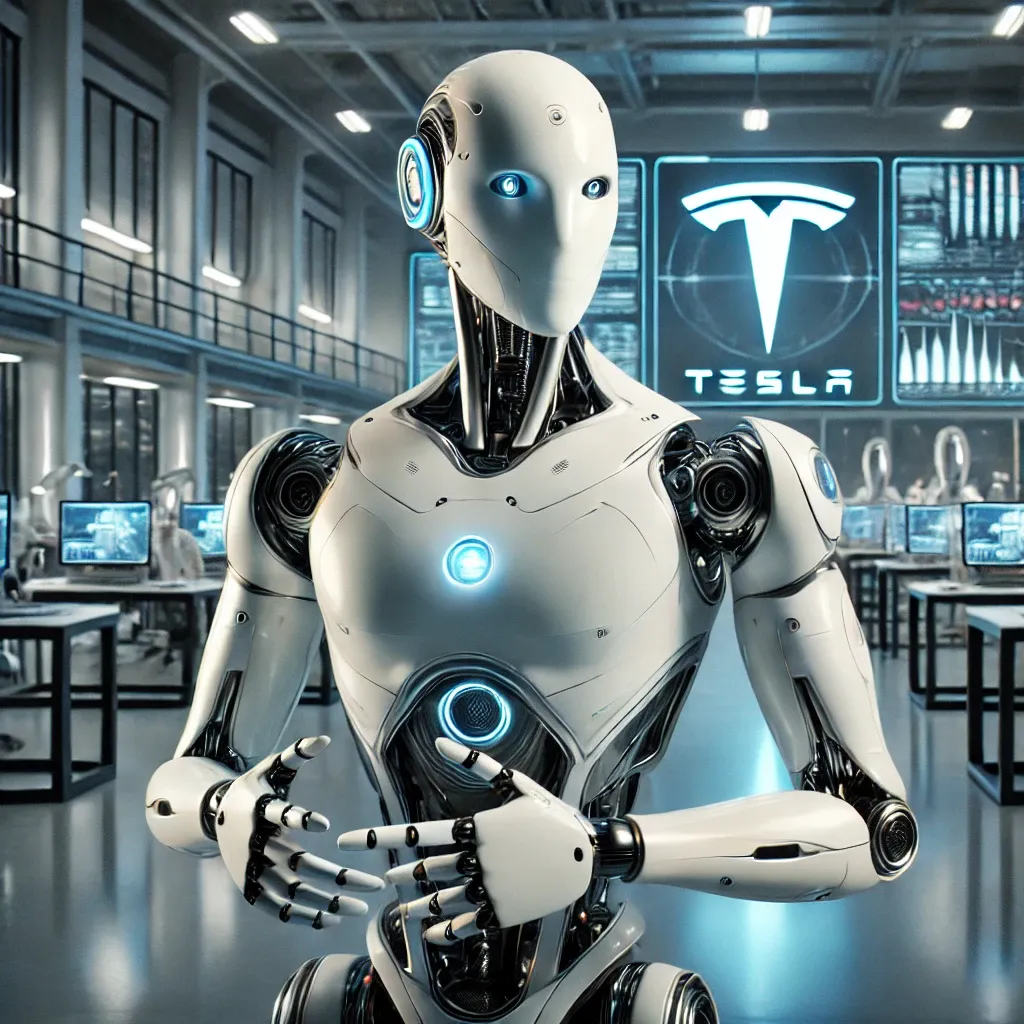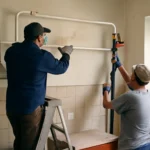What sets the Tesla Optimus robot apart from the rest? Could this be the future of human-robot interaction? Discover how Optimus redefines robotics with advanced AI, detailed hand dexterity, and game-changing innovations.
Optimus Robot: What Can It Do?
The Tesla Optimus robot embodies the next generation of humanoid robots, designed with groundbreaking capabilities that extend far beyond simple automation. Tesla’s Optimus is built to perform a wide range of physical tasks, aiming to reshape industries by automating repetitive jobs and offering seamless integration with human activities. With Tesla’s expertise in AI and robotics, this robot demonstrates remarkable potential to assist in manufacturing, logistics, and even home-based tasks.The robot’s core functionality is guided by Tesla’s proprietary artificial intelligence, which enhances its ability to learn from surroundings and adapt to new environments. This isn’t just another robot that moves on pre-set commands—it actively senses, analyzes, and responds. Optimus can also interact with people naturally, using voice recognition and sophisticated sensor systems to understand human cues.
- Multitasking abilities: From lifting packages to operating machinery.
- Integration with Tesla systems: Communication with Tesla devices and vehicles for smooth operations.
- Autonomous behavior: Capable of independent movement without human control.
- Energy efficiency: Designed to operate efficiently for extended periods.
- Improved safety protocols: Sensors prevent accidents and respond to unexpected changes.
Optimus is not just another industrial robot; it is designed to improve workplaces and become a potential assistant for households, raising the bar for intelligent machines.
Optimus Robot Hand: Precision Meets Innovation
Tesla’s Optimus robot hand is a feat of engineering brilliance, designed to replicate human hand movements with precision. This robotic hand contains multiple sensors, allowing it to perform delicate tasks such as grasping objects of various sizes and manipulating tools. Optimus’s hands are meant to excel at jobs that require dexterity and sensitivity—something traditionally difficult for machines.The Optimus robot’s hands can carry out tasks in a nuanced manner, thanks to Tesla’s AI algorithms, which enable fine control over force and movement. Whether it’s turning a screwdriver or arranging fragile items, this robot’s hands are purpose-built for versatility and safety.
- Finger articulation: Each finger can move independently, mimicking human hand dexterity.
- Pressure sensitivity: Ensures the robot doesn’t damage fragile objects.
- AI-driven control: Adjusts grip in real time to optimize efficiency.
- Multi-environment usability: Operates effectively in industrial, retail, and domestic spaces.
- Ease of reprogramming: Tasks can be adapted quickly without extensive retraining.
Tesla’s Optimus robot hand stands out not only because of its mechanics but also for how it integrates smoothly with other systems. This capability will pave the way for robots to take on more nuanced tasks, from managing production lines to assisting people with disabilities.
Optimus Robot Tesla Price: Accessible Robotics for the Future
One of the most talked-about aspects of the Tesla Optimus robot is its projected price, which reflects Tesla’s ambition to make advanced robotics accessible to various industries and individuals. Elon Musk has hinted that the robot’s price will be designed to be competitive—possibly starting at around $20,000. While this might seem high initially, the long-term cost-saving benefits it offers in labor-intensive sectors could make it a worthwhile investment.Tesla’s goal is to reduce costs with mass production, bringing the Optimus robot to businesses and even homes in the near future. For industries like logistics, healthcare, and retail, this robot’s potential to streamline operations could justify its price within a few years. Furthermore, Musk’s commitment to sustainability means that the production process aims to be eco-friendly.
- Initial price estimate: Around $20,000.
- Cost efficiency: Potential return on investment through labor savings.
- Availability timeline: Expected to launch within the next few years.
- Mass production benefits: Lower costs with scaling up manufacturing.
- Market strategy: Targeted toward industries with high labor demands and future home-use applications.
Tesla’s pricing strategy reflects a larger vision of democratizing access to advanced technologies. The Optimus robot’s release will challenge the market and push competitors to innovate further, heralding a future where robots might become as common as smartphones.
Conclusion
The Tesla Optimus robot is not just another innovation—it’s a paradigm shift in how we think about robotics. Its advanced capabilities, from intuitive movement to intricate hand control, are set to revolutionize workplaces and homes alike. Moreover, its relatively affordable pricing for such cutting-edge technology could make it a staple in future societies.As Henry Ford once said, “Coming together is a beginning; keeping together is progress; working together is success.” Tesla’s Optimus robot exemplifies this mantra by offering seamless cooperation between humans and machines. With its release, the Optimus robot is set to become not just a tool but an essential partner in building the future.






